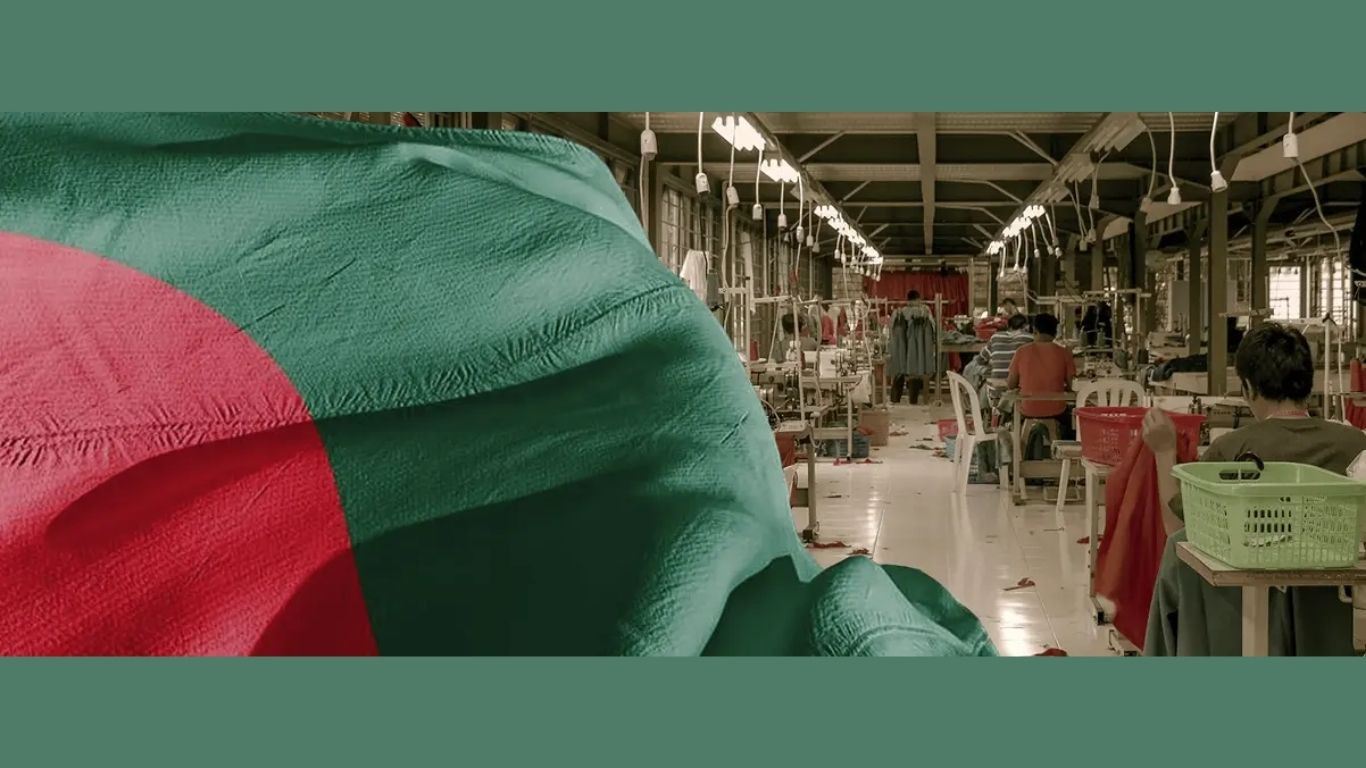Bangladesh's garment exports to EU rise 17.9 pc, outpacing key rivals
UNB, Dhaka
Published: 20 Aug 2025

Photo: UNB
Bangladesh has achieved a 17.9 percent growth in ready-made garment (RMG) exports to the European Union (EU) during the first six months of the current year.
Despite this achievement, the growth rate surpasses the EU's overall import increase, but it still lags behind key competitors like China and Cambodia.
According to a recent Eurostat report, Bangladesh exported 10.29 billion euros worth of apparel to the EU market from January to June, a 17.9 percent rise from the 8.73 billion euros recorded during the same period last year.
Overall, EU apparel imports grew by 12.3 percent to 43.39 billion euros, up from 38.64 billion euros in the previous year.
This robust growth has solidified Bangladesh's position as the second-largest apparel supplier in the EU market. However, the country (Bangladesh) faces tough competition from its Asian counterparts, China and Cambodia. China maintained its position as the top exporter, with its exports increasing by 22.3 percent to 11.26 billion euros. Cambodia recorded the fastest growth, with its exports soaring by 30.4 percent to 2.07 billion euros.
Despite trailing China and Cambodia in growth rate, Bangladesh outperformed its main regional rivals. India's exports stood at 2.70 billion euros, a 15.4 percent increase from 2.34 billion euros the previous year. Pakistan's exports rose by 16.6 percent to 1.86 billion euros from 1.59 billion euros. Vietnam also saw a healthy increase, with exports reaching 2.02 billion euros, up 17.3 percent from 1.73 billion euros a year ago.
In contrast, Turkey experienced a negative trend, with its exports declining by 7 percent to 4.27 billion euros, reflecting a decrease in demand of Turkey items in the EU market.
In a comprehensive comparison, Bangladesh's 17.9 percent growth rate is stronger than the EU average and surpasses that of India, Pakistan, and Vietnam. However, falling behind China and Cambodia signals a growing intensity of competition in the EU market.

